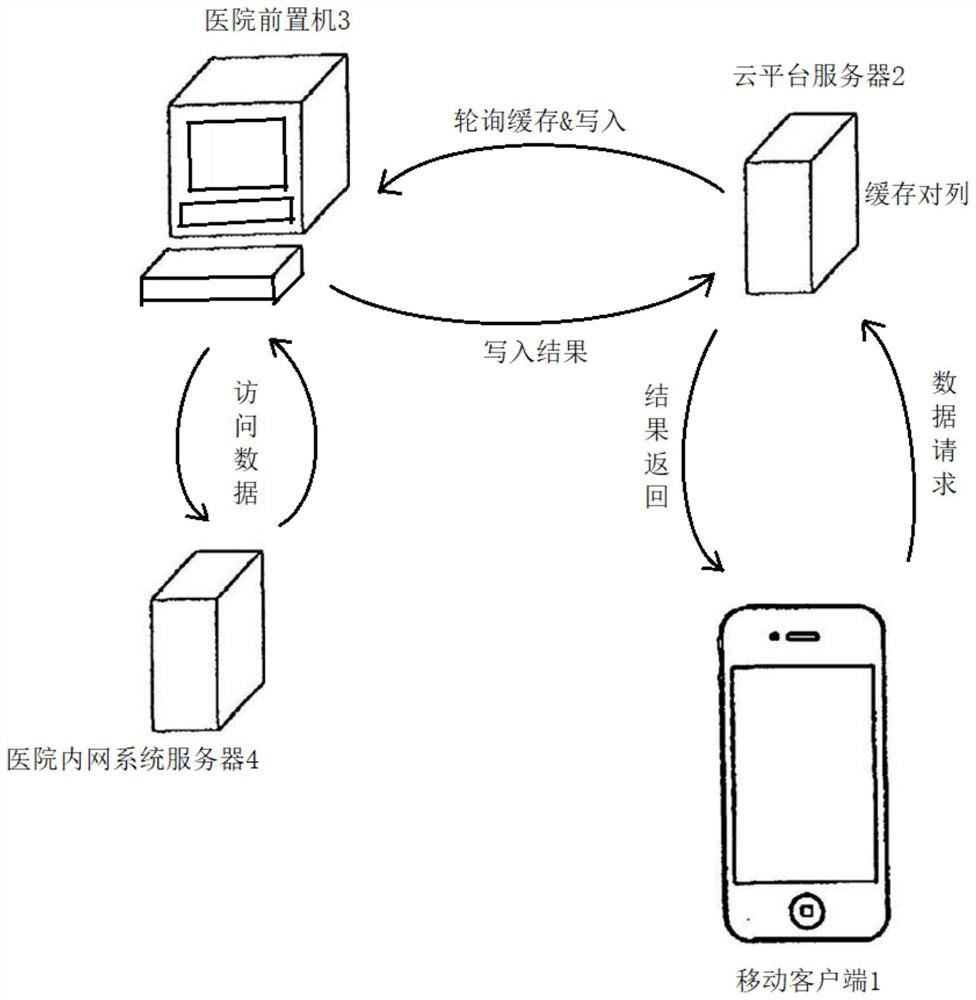Postoperative nursing method for gynecological laparoscopic surgery
A laparoscopic and postoperative technology, applied in the field of postoperative care of gynecological laparoscopic surgery, can solve the problem of lack of communication between doctors and patients, and achieve the effect of reducing coupling and reasonable design
- Summary
- Abstract
- Description
- Claims
- Application Information
AI Technical Summary
Problems solved by technology
Method used
Image
Examples
Embodiment 1
[0023] The postoperative care method of described gynecological laparoscopic surgery, is characterized in that, comprises the steps:
[0024] (1) Postoperative pain management: establish postoperative pain management quality evaluation indicators, and perform pain management on patients who have undergone gynecological laparoscopic surgery according to the postoperative pain management quality evaluation indicators;
[0025] (2) Early out-of-bed activities after surgery: 12-24 hours after gynecological laparoscopic surgery, patients perform passive and active movements and bed turning activities in the intensive care unit; after returning to the ward, patients start sitting and standing beside the bed , The order of walking in the ward and corridors, gradually increasing the number and time of bed-leaving activities;
[0026] (3) Postoperative diet management: After the patient wakes up from anesthesia, if there is no severe nausea, vomiting or abdominal distension, take a sma...
Embodiment 2
[0030] The postoperative pain management quality evaluation indicators include three first-level indicators: structural indicators, process indicators, and outcome indicators, and their corresponding weights are 0.2, 0.4, and 0.4, respectively.
[0031] Among them, the subordinate indicators of the structural indicators of the first-level indicators include three second-level indicators, and the three second-level indicators are organizational personnel, environment and materials, and systems / guidelines / procedures, and their corresponding weights are 0.15 and 0.25 respectively , 0.6; The subordinate indicators of the organizational personnel of the second-level indicators include 3 third-level indicators, and the 3 third-level indicators are multidisciplinary pain management organization, bed-to-nursing ratio, and the configuration of nurses with different technical titles. The corresponding weights are respectively 0.5, 0.3, 0.2; the sub-indices of the environment and material...
Embodiment 3
[0036] The intelligent follow-up management system includes a mobile client 1, a cloud platform server 2, a hospital front-end computer 3, and a hospital intranet system server 4; the discharged patient sends a data request to the cloud platform server 2 through the mobile client 1, and the After the cloud platform server 2 receives the request of the patient after discharge, it is temporarily stored in the cache queue of the cloud platform server 2, and the hospital front-end processor 3 obtains the request of the patient after discharge by polling the cloud platform cache queue. The hospital front-end processor 3 obtains the data requested by the discharged patients from the hospital intranet system server 4 through the isolation gatekeeper.
[0037] The intelligent follow-up management system of the present invention is based on cloud computing, which makes data transparent, compatible with heterogeneous data sources, and can realize data fusion and workflow coordination bet...
PUM
 Login to View More
Login to View More Abstract
Description
Claims
Application Information
 Login to View More
Login to View More - R&D
- Intellectual Property
- Life Sciences
- Materials
- Tech Scout
- Unparalleled Data Quality
- Higher Quality Content
- 60% Fewer Hallucinations
Browse by: Latest US Patents, China's latest patents, Technical Efficacy Thesaurus, Application Domain, Technology Topic, Popular Technical Reports.
© 2025 PatSnap. All rights reserved.Legal|Privacy policy|Modern Slavery Act Transparency Statement|Sitemap|About US| Contact US: help@patsnap.com

